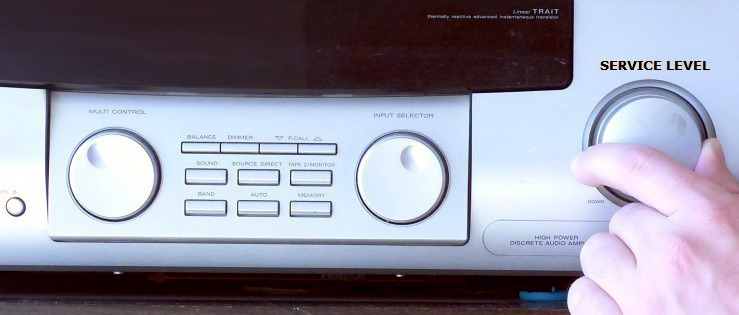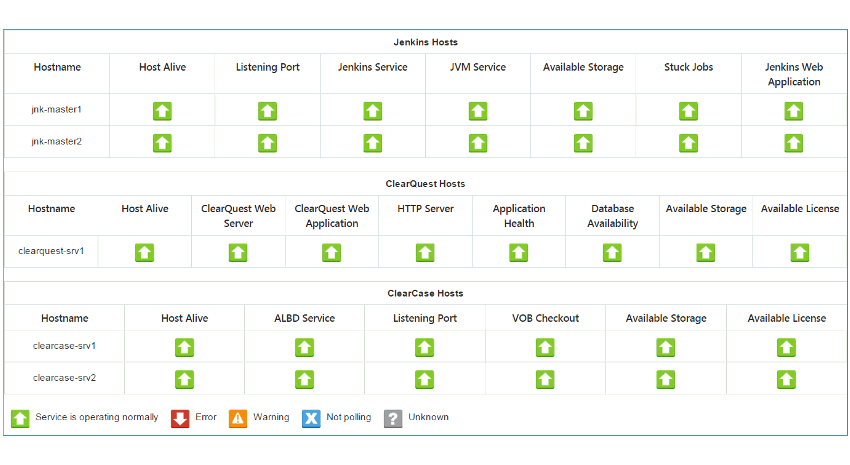 We at ALMtoolbox spend a great portion of our time talking and understanding our customer’s pains.
We at ALMtoolbox spend a great portion of our time talking and understanding our customer’s pains.
One of the most painful issues ClearCase & ClearQuest administrators raise is that they cannot control all of the parts of their environment if they are not part of the IT team.
As a result the administrator may not find out about an issue or problem as soon as it happens.
The ClearCase & ClearQuest Challenge
ClearCase & ClearQuest are tools serving many stakeholders in the organization. They are complex tools using a number of IT resources (memory, CPU, storage, network, database, etc.), but its responsibility is usually managed by only one DevOps administrator who does not always belong to the IT team.
The administrator is in charge of running an optimized system with as little downtime as possible and providing good performance and response time.
But how can the administrator achieve these goals when a big part of your system is managed by other people from the IT team? How can you gain control over your entire system?
I also asked our customers who use ClearCase ClearQuest about the consequences from their lack of control and here they are:
1. You find out about problems too late and you’re not able to respond to them beforehand. For example: you are about to checkout files from a certain VOB and edit and fix some bugs for the upcoming product release, and then you find out that the relevant VOB is not operating normally, and that it has been like that for the past few hours or even days. In ClearQuest I have an example when you have to submit a defect or just promote the defect’s state for the upcoming release, and then you realize that ClearQuest is not working for the past few hours or even days, and these lead to the second point:
2. Now that you know about the issue, you might not get all the immediate help you need to fix the issue. This is usually the result of differing internal priorities between teams, unavailability of IT teams or even poor communication between teams.
3. The worst consequence is the sense of being left alone. All the tool administrators feel that unless it is a critical production problem, they are left alone with the issue and need to keep the system up and running and constantly tune it to the organization’s needs.
These can all lead to a negative feeling that quality of service is not as high as it used to be, which is very frustrating for both administrators and their end-users!
Regaining Control
The way to regain control is to create a reliable single source of truth that keeps an open eye on all of the important resources in your system, including the resources managed by other teams. This monitoring gives you the information you need to:
That is one of the key reasons we decided to create the ALM Vitality tool.
ALM Vitality gives you the most comprehensive picture about your system status. It does so by monitoring both IT and application behavior, giving you only the information you need, with minimal configuration.

ALM Vitality dashboard
We put a lot of emphasis on the simplicity of the installation and configuration processes.
Using the ALM Vitality configuration tool you can configure a server for monitoring in 3 simple steps.
You can start monitoring and gaining control over your system in less than an hour.
Click here to download ALM Vitality
Related Links
About the author:
 David-Or Cohen is the product manager for ALM Vitality.
David-Or Cohen is the product manager for ALM Vitality.
Prior to this position David was the world wide interoperability manager for the IBM-XIV storage device and a strategic consultant for all IT infrastructure and DevOps methodologies.
Outside of work, David’s passion is kayaking, both sea and whitewater kayaking, and his motto is “it is better to die in your kayak than swim”.